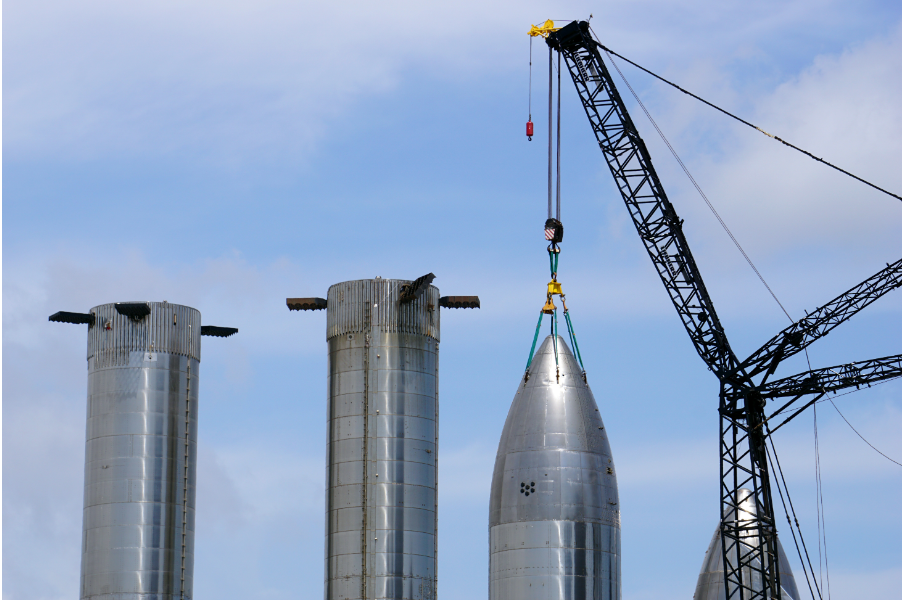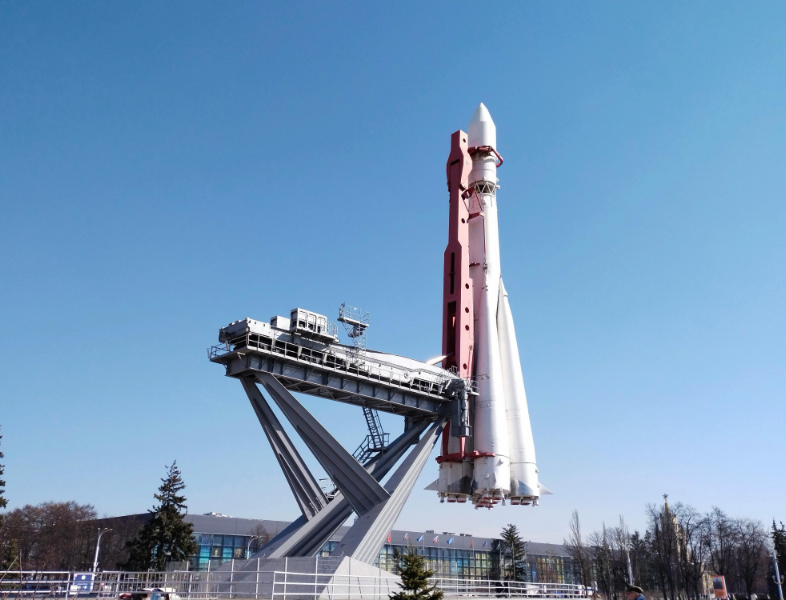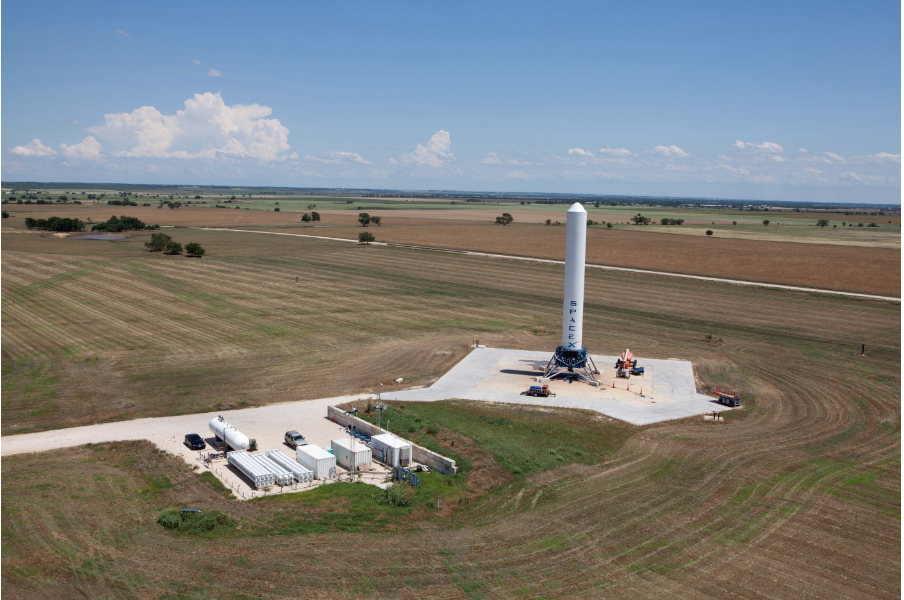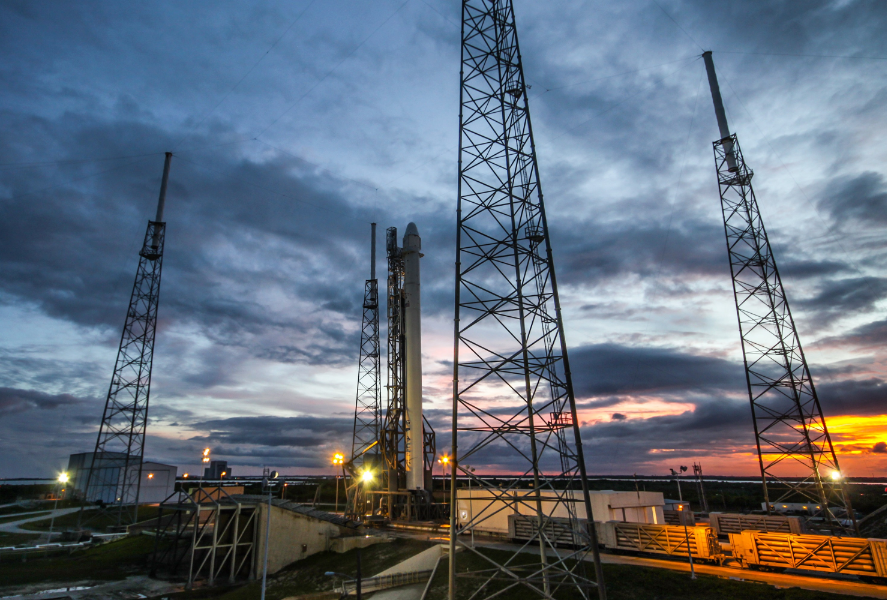The space industry is expanding rapidly, and with it comes a growing need for modern, efficient launch facilities. Once dominated by just a few countries, the global space launch infrastructure is undergoing significant evolution. Today, spaceports—dedicated launch sites for rockets and spacecraft—are being developed worldwide to meet the increasing demand for satellite launches, space tourism, and crewed missions.
In this blog, we’ll explore the top operational and upcoming spaceports, explain what makes a launch site strategic, and look at how the future of spaceports is shaping up.
What Is a Spaceport?
A spaceport is a site used for launching (and sometimes landing) spacecraft. Similar to how airports support air travel, spaceports support space missions by hosting launch pads, fueling stations, tracking systems, and support crews.

Spaceports are used for a variety of missions, including:
- Satellite deployments
- Crewed space missions
- Suborbital tourist flights
- Cargo deliveries to space stations
They can support vertical launches (traditional rockets) or horizontal launches (spaceplanes or aircraft-assisted rocket drops).
Why the World Needs More Spaceports

The increase in commercial spaceflight, low-Earth orbit satellites, and government space programs has led to a surge in demand for launch access. Many countries and private companies are investing in spaceport development to strengthen their space industries and gain strategic autonomy.
Few spaceports reasons are gaining global attention:
- Growing demand for satellite internet and Earth observation
- Increase in commercial and government space missions
- Rise of space tourism and reusable rockets
- National security and strategic control of launch capabilities
- Economic development in remote regions
Leading Spaceports in Operation Today

1. Kennedy Space Center (USA)
Located in Florida, this spaceport is NASA’s primary launch site and a hub for commercial missions from SpaceX, Blue Origin, and others.
Kennedy Space Center features:
- Historic launches, including Apollo and Artemis
- Supports crewed missions to the International Space Station
- Integrated with Cape Canaveral Space Force Station
2. Baikonur Cosmodrome (Kazakhstan)
The world’s oldest spaceport, used by Russia and other nations for crewed and uncrewed launches.
Important features:
- Launch site of the first human in space (Yuri Gagarin)
- Hosts Soyuz missions for the ISS
- Operated jointly by Russia and Kazakhstan
3. Guiana Space Centre (French Guiana)
Run by Arianespace and the European Space Agency, this equatorial spaceport supports heavy-lift missions.
features:
- Ideal location for geostationary satellite launches
- Launch site for Ariane, Vega, and Soyuz rockets
- Important for Europe’s space autonomy
4. Tanegashima Space Center (Japan)
Operated by JAXA, this facility supports national and international missions.
Key features:
Launches H-IIA and H3 rockets
Scenic island location
Plays a role in space research and planetary missions
5. Satish Dhawan Space Centre (India)
India’s primary spaceport on Sriharikota Island is operated by ISRO.
Features include:
- Launches PSLV, GSLV, and upcoming crewed missions
- Central to India’s Moon and Mars programs
- Supports both domestic and commercial satellite missions
New and Upcoming Spaceports of the Future
As the need for global launch access increases, several new spaceports are under construction or in planning stages. These upcoming facilities aim to serve commercial operators, small satellite companies, and even space tourists.
1. SaxaVord Spaceport (Scotland)
Scotland’s first vertical launch site is designed for small satellite missions.
- Polar and sun-synchronous orbit support
- Partnerships with UK and European launch providers
- Part of the UK’s national space strategy
2. Spaceport Cornwall (UK)
This horizontal launch site enables aircraft-based rocket launches, such as those from Virgin Orbit.
- Located at a commercial airport
- Focuses on low-cost, flexible launches
- Revitalizing the local aerospace sector
3. Whalers Way Orbital Launch Complex (Australia)
Australia’s entry into the commercial launch sector is gaining attention for its remote coastal location.
- Designed for small satellite launches
- Offers Southern Hemisphere coverage
- Supports responsive and agile launch operations
4. Esrange Space Center (Sweden)
Located above the Arctic Circle, Esrange is being upgraded to support orbital launches.
- Enables polar orbit launches
- Sustainable infrastructure focus
- Key part of Europe’s independent launch capability
5. Alcântara Space Center (Brazil)
Brazil’s equatorial spaceport has strategic potential for global launch services.
- Excellent position for geostationary launches
- Welcoming commercial partnerships
- Targeting reusable rocket operations
What Makes a Spaceport Strategic?
Not every location is suitable for space launches. Spaceports must be carefully placed to support specific orbital paths, safety considerations, and infrastructure access.
Common factors include:
- Latitude: Equatorial locations give rockets a velocity boost from Earth’s rotation.
- Safety zones: Launches must avoid populated areas and shipping lanes.
- Access to polar orbits: High-latitude spaceports support sun-synchronous missions.
- Weather: Clear, predictable weather conditions are ideal.
- Airspace and maritime access: Launch corridors must be free from heavy traffic.
Innovations Shaping the Future of Spaceports
The next generation of launch sites will be smarter, greener, and more efficient. With growing emphasis on reusable launch systems, rapid launch capability, and automated operations, future spaceports will look very different from their Cold War-era predecessors.
Trends to watch:
- Launch pad automation and remote-control systems
- Integration with satellite tracking and data networks
- On-site fuel production, including green hydrogen
- Spaceplane runways for horizontal takeoff and landing
- Dedicated zones for space tourism terminals.
Global Spaceport Distribution
Launch sites are being developed worldwide to reduce dependency on a few dominant players. The United States, Russia, and China still host the majority of global launches, but countries like India, the UK, Brazil, and Australia are becoming major players.
Regions leading the spaceport race:
- North America: USA (Kennedy, Vandenberg, Starbase), Canada (Canso Spaceport)
- Europe: France, UK, Sweden, Norway
- Asia: Japan, India, China
- Oceania: Australia, New Zealand
- South America: Brazil
Conclusion
Spaceports are the launchpads of our future. As the demand for satellite deployment, commercial flights, and space exploration grows, the need for reliable, strategic launch facilities will only increase. From legacy sites like Kennedy Space Center and Baikonur to cutting-edge new entries like SaxaVord and Esrange, spaceports around the world are evolving to meet the needs of tomorrow.
Whether you’re watching a satellite launch live, investing in aerospace, or dreaming of space tourism, the rise of global spaceports signals a more connected, accessible, and exciting future in space. As space travel becomes more frequent and more international, these launch sites will play a central role in shaping the next era of human exploration.









